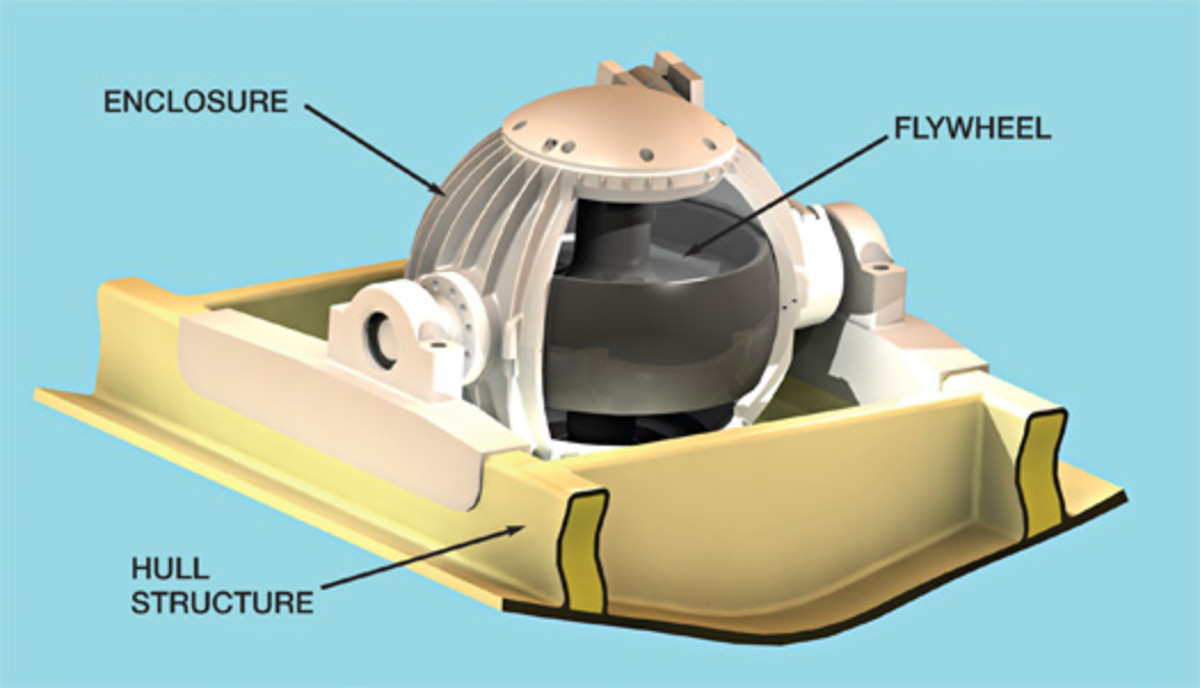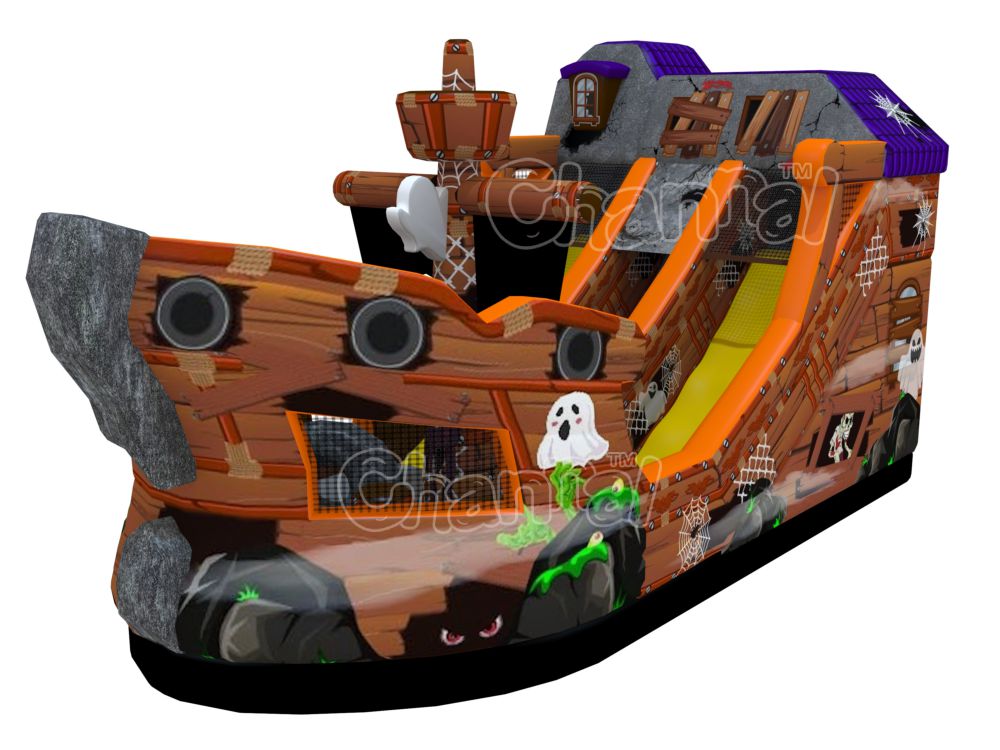Table Of Content
The ship’s navigation systems provide real-time information about the sea conditions, including wave height, direction, and frequency. This data is then used by the stabilizer system to make precise adjustments and minimize the ship’s motion. Gyroscopic stabilizers are yet another innovative technology used on modern cruise ships. These stabilizers utilize the principles of gyroscopes to maintain stability.
Carnival cruise ship tilts hard to one side after stabilizers fail - WFLA
Carnival cruise ship tilts hard to one side after stabilizers fail.
Posted: Fri, 02 Nov 2018 07:00:00 GMT [source]
Active Anti-rolling Tanks
Cruise ship operators must adhere to these guidelines and regularly demonstrate compliance through inspections and audits conducted by classification society surveyors. Despite regular maintenance and inspections, stabilizers may occasionally encounter issues that require troubleshooting and repair. Cruise ships have trained technicians and engineers who are well-versed in the intricacies of stabilizer systems, enabling them to promptly address any problems that may arise.
Increased Safety for Passengers and Crew
To address this, some ships and yachts utilize zero-speed fin stabilizers instead. Basically, it acts as a “paddle” that provides the said larger lift necessary to mitigate rolls even if the ship is moving slowly. An alternative fixed stabiliser type are akin to fins that are situated on both sides of the ship at the stern and bow.
How Cruise Ship Stabilizers Work
There are a number of factors that contribute to the effectiveness of a ship’s stabilizers. These include the size and shape of the ship, the type of stabilizers used, and the number of stabilizers installed. Voith Schneider stabilizers work by using a series of propellers to create a restoring moment. As the ship rolls, the propellers turn, creating a force that pushes the ship back upright. However, instead of using fins, they use the rudder to create a restoring moment. As the rudder moves from side to side, it creates a force that pushes the ship back upright.
Stabilizers are less effective in reducing pitch motion, which is the up-and-down motion of the ship. Passive stabilizers can help to reduce pitch motion to some extent, but active stabilizers are not as effective in this regard. The cost of installing a stabilizer on a cruise ship varies and depends on the type of stabilization system, cruise weight, design and other requirements. According to reports, the stabilizer system costs $65,000 for 50 to 60-foot vessels and $130,000 for 120 to 130-foot vessels. But the modern stabilization system, like active fins stabilization, uses sensors to detect waves so they don’t weigh too much.
So, whether you’re a seasoned cruiser or planning your first voyage, join us as we embark on a journey to understand the fascinating world of cruise ship stabilizers. They are also maintained and surveyed periodically to ensure the overall safety of life on board and also are equipped with the latest life-saving appliances such as boats and rafts for undesired events. The fins generate lift and drag (aka resistance) as water flows around them. When the ship rolls because of the action of the waves, the fins create that lifting force.
You might want to take this guide with you when you board a cruise ship for the first time or anytime. However, it’s important to note that underwater foil stabilizers do have some limitations. They are generally more complex and require additional space within the ship’s hull to accommodate the chambers and piping systems. This may impact the overall design and use of space on board the vessel. Another advantage of gyroscopic stabilizers is their compact size and the absence of external protrusions.

These interceptors can be adjusted individually, responding to the rolling motion. By creating opposing forces that counteract the roll, active interceptors offer enhanced control and faster response times compared to traditional stabilizers. Another important purpose of stabilizers is to improve the fuel efficiency of the ship. When a vessel rolls, it creates additional drag in the water, which can increase fuel consumption. Stabilizers help reduce this drag by minimizing the rolling motion, resulting in fuel savings and a more environmentally-friendly operation. In this article, we will delve deeper into the world of stabilizers and explore their important role in cruise ship operations.
Types of Stabilizers

Some vessels use two or more stabilizers depending on the size of the vessel. Here’s how some of the other types of ship stabilizers perform if you’re curious about them. Shares his personal opinion about cruise deals and cruise tips that might help other travellers. Do let me know if you'd like to read more about certain cruise related topics. Classification societies impose specific guidelines and standards for the design, construction, and maintenance of stabilizer systems.
A stabilized ship allows for smoother movement within the vessel, making it easier to walk, dine, sleep, and perform daily activities without experiencing excessive swaying or instability. Stabilizers are mechanical devices that are installed on ships to reduce the movement of the vessel along its longitudinal axis, known as rolling. By counteracting the forces of nature, these systems help to maintain a stable and level position of the ship, enhancing the overall cruising experience. They work in a similar manner to fin stabilizers and are usually retractable so as to reduce drag and also so that the vessel could easily maneuver through shallower water without the risk of grounding.
Stabilizers help reduce fuel consumption by improving the ship’s stability, thereby reducing the energy needed to counteract the rolling motion caused by waves. By minimizing roll motion, stabilizers enable the ship to maintain a more efficient and steady course, ultimately leading to fuel savings. Retractable stabilizers offer a unique solution for cruise ships that prioritize maneuverability.
Stabilizers also minimize wake and erosion, protecting coastal areas and marine habitats. Additionally, they help mitigate underwater noise, preserving the delicate balance of marine ecosystems. By incorporating stabilizers into cruise ship designs, the industry can continue to prioritize environmental sustainability while providing unforgettable experiences for passengers.
Additionally, gyroscopic stabilizers require a significant amount of power to operate, which can lead to increased fuel consumption. Whether the ship is cruising through open waters or maneuvering in rough conditions, these stabilizers can significantly reduce roll motion and maintain stability, even in challenging environments. Furthermore, stabilizers play a crucial role in improving fuel efficiency.

No comments:
Post a Comment